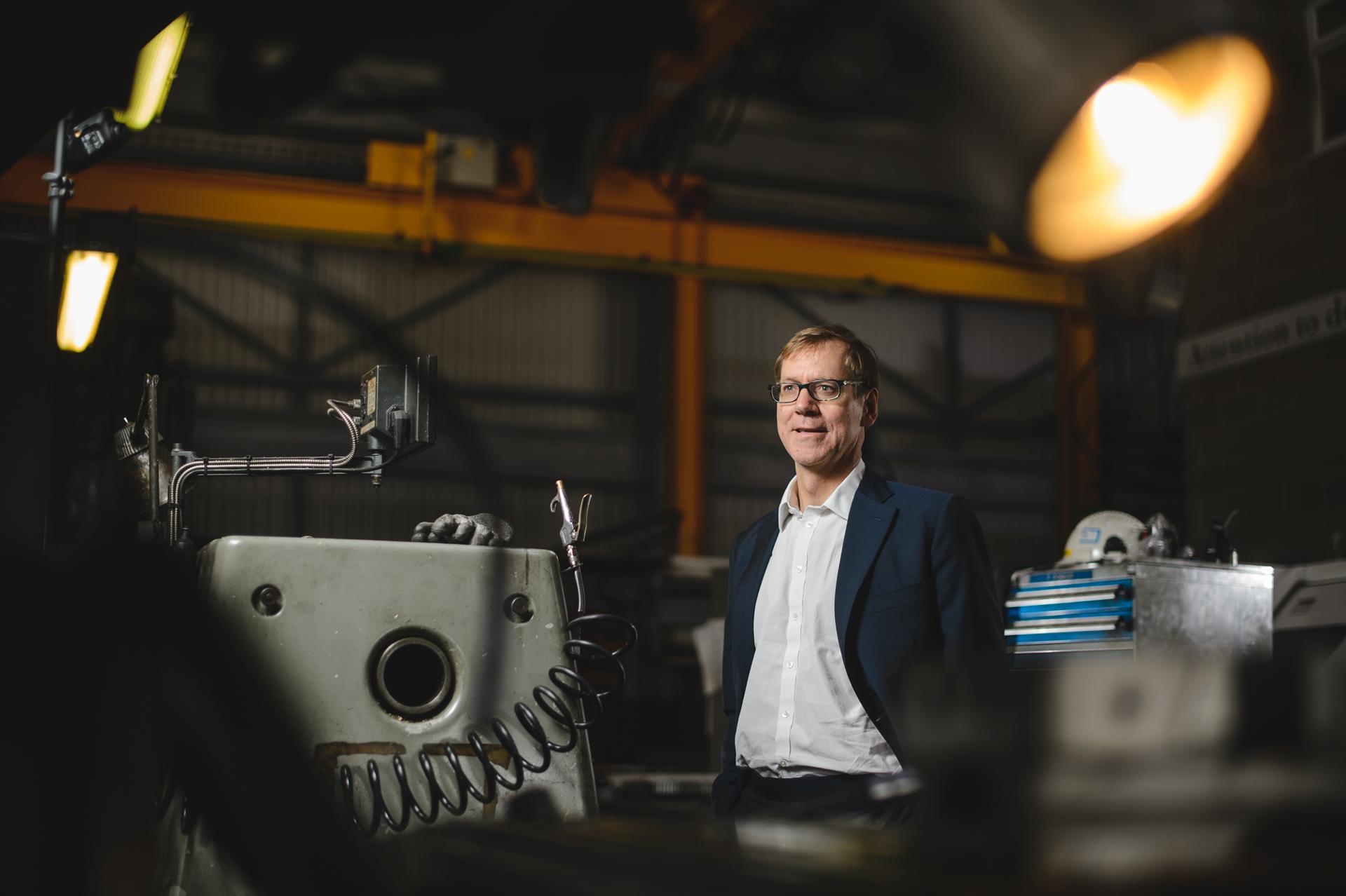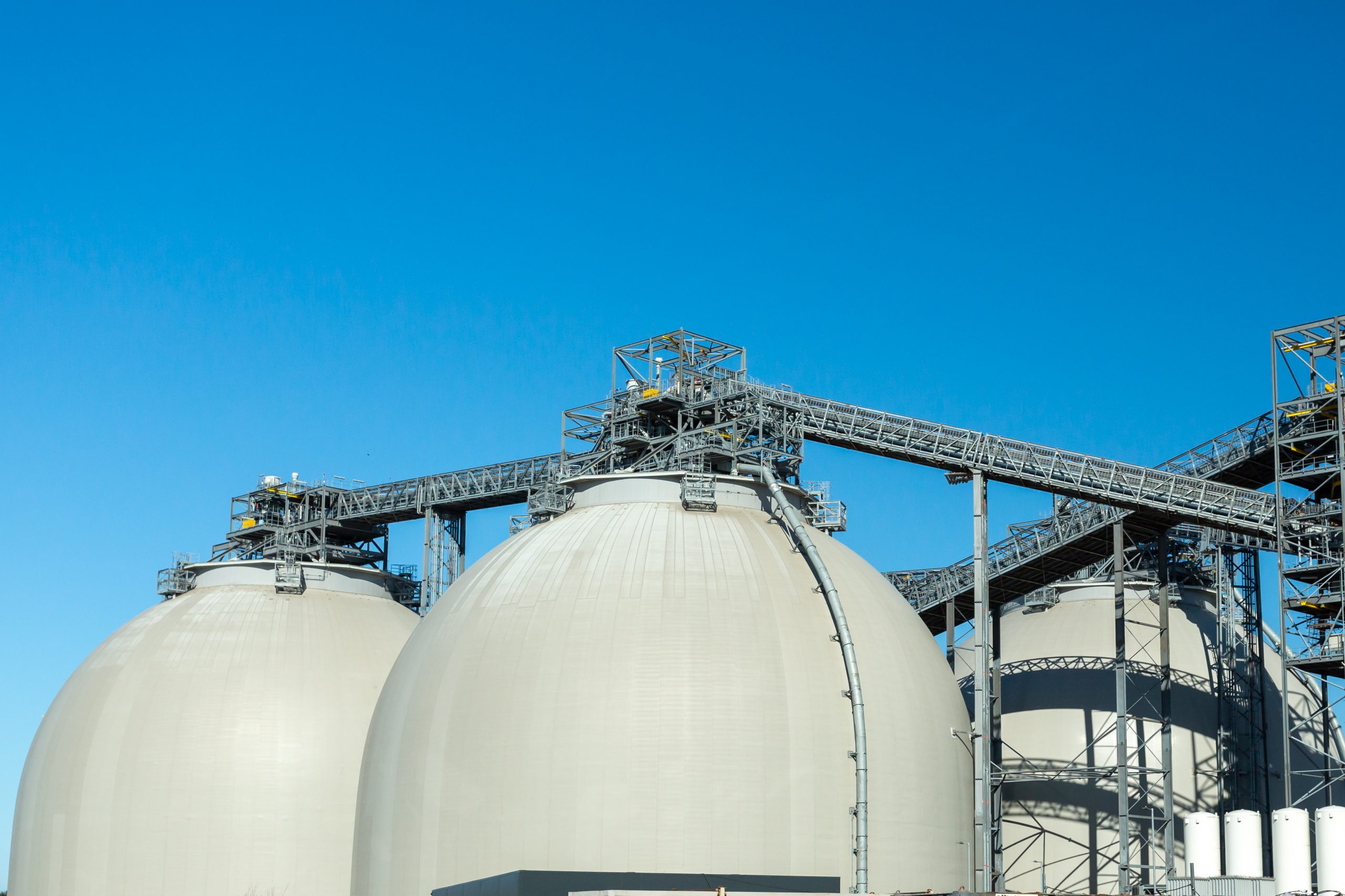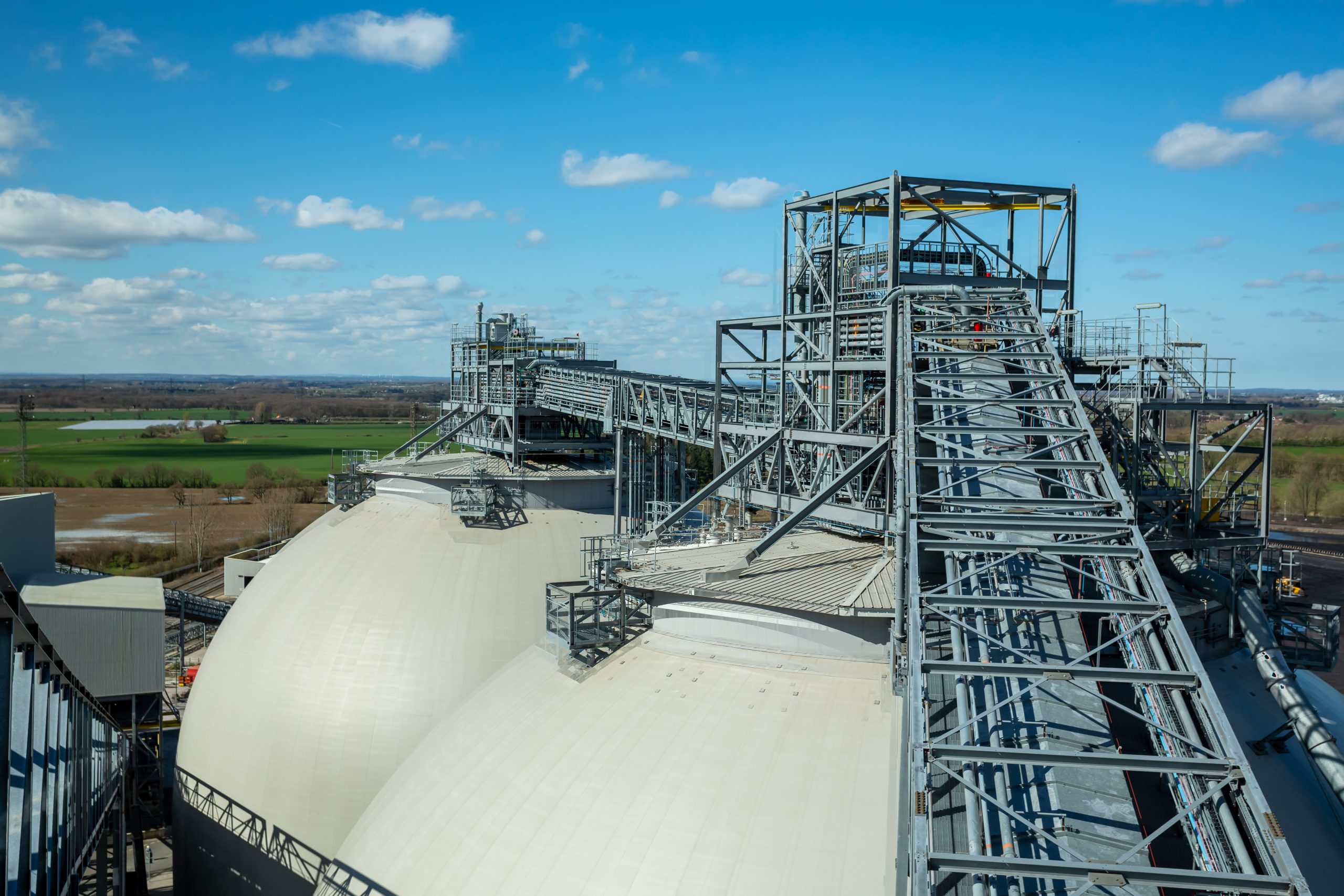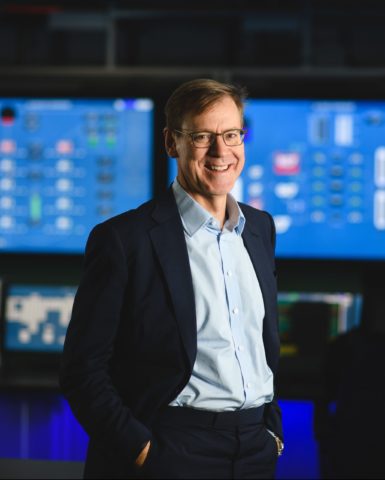
By Kasia Wilk, Head of Public Affairs and Policy for Europe and Asia, Drax
Key takeaways:
- Certification of carbon removals provides a mechanism to verify and ensure the credibility of carbon removal projects and their outcomes
- EU’s proposed certification mechanism is first of its kind but does not fully reflect the international dimension of carbon markets: it is unclear how removals outside of the EU and certificates issued outside of the EU will be treated.
- Understanding the use case of the certified units is equally important to the success of the regulation. Voluntary markets and corporate claims are essential to support the scale up of the industry. If the EU recognises and handles this challenge it could lead the world in carbon removals certification.
- EU climate policies should prioritise support for carbon removal solutions that are technically ready, economically feasible, permanent and have additional co-benefits.
- Bioenergy with Carbon Capture and Storage (BECCS) is unique in its ability to deliver renewable power and remove carbon from the atmosphere simultaneously.
- Sustainability of biomass is heavily regulated by the Renewable Energy Directive (RED). It is one of the strictest set of sustainability criteria for forest biomass in the world.
Why do we need carbon removals?
This summer was the warmest month ever recorded, the impact of climate change is being felt here and now. Tackling the causes of global warming is now more pressing than ever. We are currently on track for a 14% rise in greenhouse gas emissions by 2030. This could lead to temperatures increasing by more than double the Paris Climate Agreement’s 1.5 degrees target and bringing about even more extreme weather. Urgent action is needed now to revert this catastrophic trend. It’s increasingly clear that carbon dioxide removal (CDR) will be essential to reach Net Zero by 2050 as these technologies balance out those emissions that are difficult to avoid as well as help companies remove their historic emissions. They do so by capturing carbon dioxide (CO2) that is already in the atmosphere and removing it and storing it permanently. According to the Sixth Assessment Report of the UN’s IPCC, nearly all pathways to Net Zero by 2050 will require a significant scale-up of carbon removals. Carbon removal technologies are developing at pace and can make a significant contribution to tackling climate change. Nevertheless, to get the sector to where it needs to be by mid-century requires the right policies and investment to support deployment.

The EU has already taken a number of steps to support the development of carbon removals. The CCS Directive establishes a regulatory framework for the geological storage of CO2 and the proposal for a Carbon Removal Certification Framework (CRCF) will support the development of a voluntary carbon market which is a cornerstone for the development of CDR.
However, to support the scaling up of the sector it is essential to (1) assess the scale of removals required, (2) define binding EU targets and (3) develop roadmaps for the scale up of carbon removals in Europe. It is also important to coordinate Member State commitments, ensuring their plans for deployment can be realised through greater cooperation.
The importance of certification
Certification of carbon removals is essential for driving technological development and deployment. It provides a mechanism to verify and ensure the credibility of carbon removal projects and their outcomes. We need transparent and robust rules and procedures to ensure that only high-quality removals and removals that would not otherwise have taken place are credited, and to prevent the same activity from being certified twice or using the same certificate twice. This is what the EU proposal for a regulation establishing a Union certification framework for carbon removals aims to do.
The proposed certification mechanism is a world-first and positions the EU as the leader in the field, addressing the need for removals in climate policy and providing a stringent, transparent regulatory oversight on certification. It has the potential to set high-quality criteria, create much needed standards for growing the carbon removal market and address many of the shortcomings that hamper its growth today.
Yet, the scope of the EU certification proposal does not go far enough. It is currently limited to removals within the EU and it is unclear how removals outside of the EU and certificates issued outside of the EU will be treated, despite the important international dimension of climate policy.
The European Commission has said that international carbon markets can play a key role in reducing global greenhouse gas emissions cost-effectively. Although specifics are still under development, the Paris Agreement provides a robust and ambitious basis for the use of international markets and reinforces international targets, transparency and the accountability. Recognising the importance of international carbon markets, Article 6 of the agreement:
- allows parties to use international trading of emission allowances to help achieve emissions reduction targets
- establishes a framework for common robust accounting rules, and
- creates a new, more ambitious market mechanism.
The lack of international consideration in the Commission’s proposals for certifying carbon removals could be challenging in the long run – particularly in light of the foreseen end uses of certified removal units, including their international exchange through voluntary carbon markets.
To mitigate this, the Commission should consider two additional scenarios as part of the discussions on the scope of this voluntary certification framework:
- Credits generated outside the EU – EU businesses will still be able to use voluntary markets to purchase credits from projects in other jurisdictions, outside of the EU. These could not be subject to the same high standards, unless they are being given the option to comply with the voluntary framework.
- Linking compliance markets – While integration of carbon removals with the Emissions Trading Scheme (ETS) framework will be assessed by the European Commission over the next few years, this proposal should take account of future potential linking of compliance markets. Should removals be fungible in those linked ETS markets, it will be within the EU’s interest to ensure removals outside the EU are subject to the requirements and standards of the EU CRCF.
How to assess and compare the existing CDRs methods?
All carbon removal technologies will have a role to play in tackling climate change. However, they all differ in terms of process, permanence and technological readiness. To reach its Net Zero targets, EU climate policies should prioritise support for carbon removal solutions that are technically ready, economically feasible and permanent. They should take into account additional co-benefits for local communities, power systems and the environment, as well as the potential to be deployed at scale to ensure these technologies can make maximum contribution to the achievement of EU climate goals.
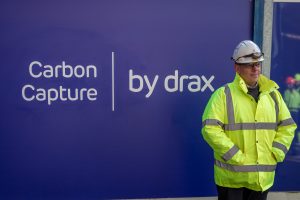
BECCS is one of the best examples of this. When compared to other technologies, BECCS is unique in its ability to deliver renewable power and remove carbon from the atmosphere simultaneously whilst generating thousands of jobs across its value chain.
It is also very well regulated. Sustainability of biomass is already covered by the Renewable Energy Directive (RED). The sustainability criteria for biomass in RED were updated in 2023 and has been formally adopted by the European Parliament. It is one of the strictest set of sustainability criteria for forest biomass in the world. It applies equally to domestic and imported biomass and protects against over-sourcing. It also safeguards biodiversity, ensures forest regeneration and sets strict limits on all supply chain emissions, including transportation. The 2023 revision of the RED (REDIII) specifically took account of the projected growth in biomass demand to 2050, including for BECCS, and amended the sustainability criteria appropriately.
BECCS projects will see carbon capture equipment installed in plants that will also produce power, heat or fuels. In many cases the technology will be retrofitted to existing plants. Regulatory consistency here will be paramount.
The detailed methodologies that will be developed under the certification framework will need to reflect the vast array of existing regulations, such as RED, to support deployment of these technologies, stimulate investment – and ascertain EU climate leadership – supporting domestic technologies/ or technologies in the region.
What are the end uses of certified removals?
Understanding the use case of the certified units is essential to the success of the regulation. The Commission proposal alludes to different end-uses, such as the compilation of national and corporate greenhouse gas inventories, the proof of climate-related corporate claims, or the exchange of verified carbon removal units through voluntary carbon markets.
However, ongoing debates in the European Parliament – including on related files such as the Green Claims Directive – seem to threaten some uses. Banning claims based on offsetting would reduce incentives for companies to take supplementary action outside their value chains and deter the necessary investment going into the sector.
Whilst emissions reductions should remain the absolute priority, carbon removals are essential to meet net zero targets and to address residual emissions and potentially historical emissions. The sector needs to start scaling up now for the EU to reach its climate targets in the coming decades. We cannot afford to wait until 2040 for a compliance market to begin scaling up carbon removals as it will be too late. This is why voluntary markets and claims are critical.
Companies should be incentivized to make some claims now provided they are on track with their GHG emissions reduction targets. At the same time, the EU should ensure consistency with other pieces of legislation such as the Corporate Sustainability Reporting Directive (CSRD) which also covers the use of carbon credits.
Coming back to the international dimension, it will be important in that context to clarify how removals from outside the EU are to be treated on the EU market given the extraterritorial dimension of certain pieces of EU legislation and global nature of supply chains.













 Drax Power Station has played an important role both regionally and nationally through our contribution to energy security, jobs and economic growth for the last 50 years. And with the successful delivery of our BECCS project, I very much hope that we will continue to do so for the next 50.
Drax Power Station has played an important role both regionally and nationally through our contribution to energy security, jobs and economic growth for the last 50 years. And with the successful delivery of our BECCS project, I very much hope that we will continue to do so for the next 50.







